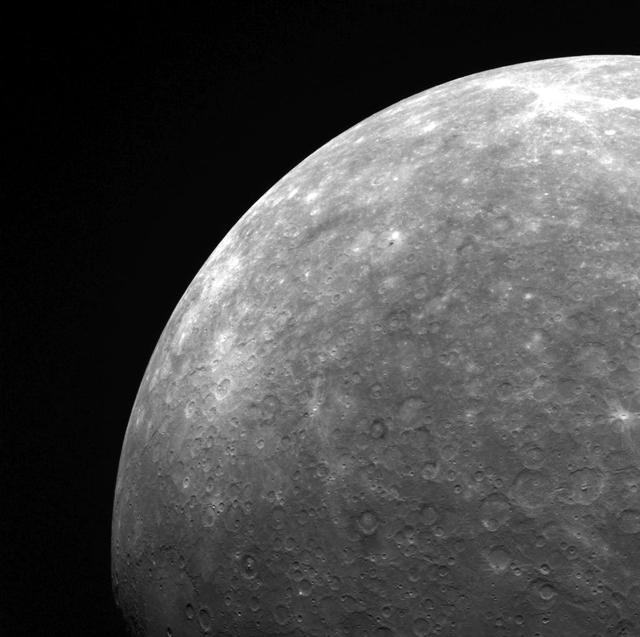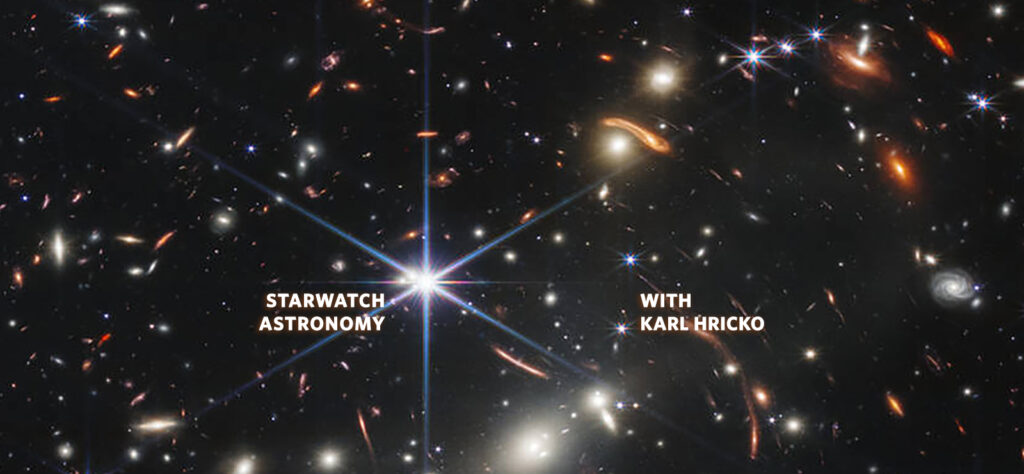Starwatch 4-2022
Written by Karl Hricko on April 21, 2022
Hello! I’m Karl Hricko of United Astronomy Clubs of NJ and the National Space Society, bringing you the April Starwatch for WNTI.ORG
How do we get information about the stars and the planets? The only way is from analyzing the light coming from them. But the light produced by the stars and the light reflected from the planets comes in the form of an illusion. Traveling at the speed of 186,000 miles per second, it takes about 1.3 seconds for the light to reach us from the Moon, 8 minutes from the Sun, an hour and a half from Saturn, four years from Alpha Centauri, and two and a half million years from the Andromeda Galaxy. So we’re not seeing these events in real time.
Another illusion is the effect of our atmosphere on incoming light. It bends the light by refraction so stars appear to be higher in the sky then where they should be seen.
Also, there is the aberration of starlight. This is when stars are visually displaced at an angle in the direction of Earth’s motion. . It’s like when rain is falling straight down but appears to be hitting a moving car’s windshield at an angle. Even though stars and planets are not where they seem to be, we still can see them in the sky.
At dusk, Mercury is to the west in Aries. Before sunrise at month’s beginning, Venus and Mars in Aquarius, and Saturn in Pisces are lined up left to right to the southeast. At the end of the month, Jupiter will appear to the left of Venus. So enjoy your illusion as you observe the stars and planets this month!
Until our next Starwatch -Don’t forget to check out … What’s up in the night sky!



